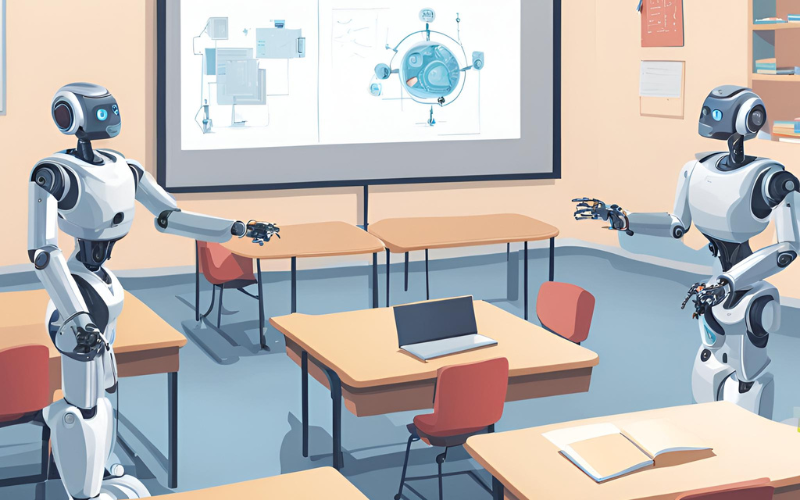NYU Stern marketing professor Scott Galloway’s No Mercy/No Malice blog is one of his many media forums. In an article published last week titled Super Drug, Professor Galloway talks about the benefits of higher education on people’s lives comparing higher education to a super drug for its benefits. He writes that America manufactures the drug (higher ed) at a purity no other manufacture can rival. However, instead of making as much of this super drug as possible, America hoards it.
Mr. Galloway discusses the positive impact of affirmative action noting that the percentage of non-white students at Ivy League Institutions increased from 14 percent to 50 percent in the four decades from 1980 to 2020. He acknowledges the recent Supreme Court decision and other critics of affirmative action and believes that the deciding factor in college admissions should not be race (which is important) but should be a more powerful agent…money. He writes that 71 percent of Black, Latino, and Native American students at Harvard come from college-educated homes with incomes above the national median.
“Family income isn’t a proxy for inequality, it is inequality, “ writes Mr. Galloway. He adds that the price of college has risen 1600 percent over the past five decades. Rising from that outrageous increase in pricing is the statistic that a senior in high school from the .1 percent income-earning household is 80 times more likely to get into an elite college than a high school senior from the bottom fifth of households. To emphasize the disparity in the ability to pay for college, he uses this chart from the St. Louis Federal Reserve.
The issue related to higher education according to Professor Galloway should not be “who?” but “how many?” Colleges should charge less money and increase the number of students who attend college.
Mr. Galloway’s solution is to use the $500 billion “freed up” by the Supreme Court after they struck down President Biden’s debt relief program to subsidize public universities. His proposal is to offer the 500 largest public universities $1 billion each to:
- Reduce tuition by 2% a year for 10 years.
- Expand enrollments 6% a year through investments in technology and infrastructure.
- Increase vocational/certificate programs to 20% of students.
He believes the net results of this program would be to double the number of college freshmen seats at half the cost. He writes that if we can scale companies at 40% per year, we can grow our public universities at 6% per year. Online learning and using campuses during non-peak periods could double capacity.
Another proposal by Mr. Galloway is to revoke the non-profit status of any private college or university with an endowment size greater than $1 billion if they aren’t expanding their freshmen class at the same size as population growth.
Student loan debt is a problem, but not a disaster writes Professor Galloway. He writes that colleges should own 25% of the loss from a student loan default. This would force colleges to stop loaning $200k to a student who will struggle to repay it. He notes “a student loan bailout enables universities to continue growing the tumor with increased prices.”
I enjoy reading Professor Galloway’s blog. He’s passionate about many of his topics and usually surfaces ideas that others have not. I have several problems with his current proposal.
- His proposal that we should increase the number of students attending college assumes that we have hordes of students prepared for college who are waiting to be admitted. The fact of the matter is that the vast majority of colleges (more than 80%) admit more than half of the people who apply. At least half of all colleges admit everyone.
- He suggests that there has been $500 billion in federal funds freed up from the federal budget. I believe that Mr. Biden’s debt relief proposal was an unbudgeted item. There is no money to fund this proposal.
- Rather than allocating $500 billion to the top 500 public universities, I would use the money to fix public K-12 education. We need students who are better prepared for college. I believe that almost all students who are prepared for college attend college. I believe that our colleges have the capacity to admit more students. It’s only a handful of elites (approximately 100) that use selectivity to promote their brand (and sustain higher tuition).
- America is about to experience a demographic decline in the number of 18-year-olds who typically attend college. We’re going to have to find additional students from the non-traditional pool of working adults, many of whom don’t have the money or time to attend college. Some have determined that there is no ROI if they spend their time and money to attend or complete college.
- I believe the 80/20 rule applies in that 20 percent of college grads earn 80 percent of the wage differential between college grads and high school grads. A small percentage of degrees leads graduates to those higher earning careers. Bringing more people to college won’t solve the problem if they major in low ROI degree programs.
I believe that Professor Galloway is right that income inequality and class is the biggest problem for college attendance. Pell grants need to be increased for our poorest students. At the same time, we need to cap college loans and not continue to feed an unaccountable industry that does not work hard enough to find affordable solutions for education. Reward all colleges that offer degrees at affordable levels.
Lastly, AI is predicted to impact approximately 50 percent of all jobs over the next five years. If we’re looking to spend money with a large economic return to our country, I’d focus on building training/reskilling courses providing our workers with the knowledge and skills to adapt to a rapidly changing workplace. Sadly, I think the providers of these AI skills and training programs will be non-traditional providers, not colleges and universities who will stick with their tried-and-true programs until it’s too late for many.












